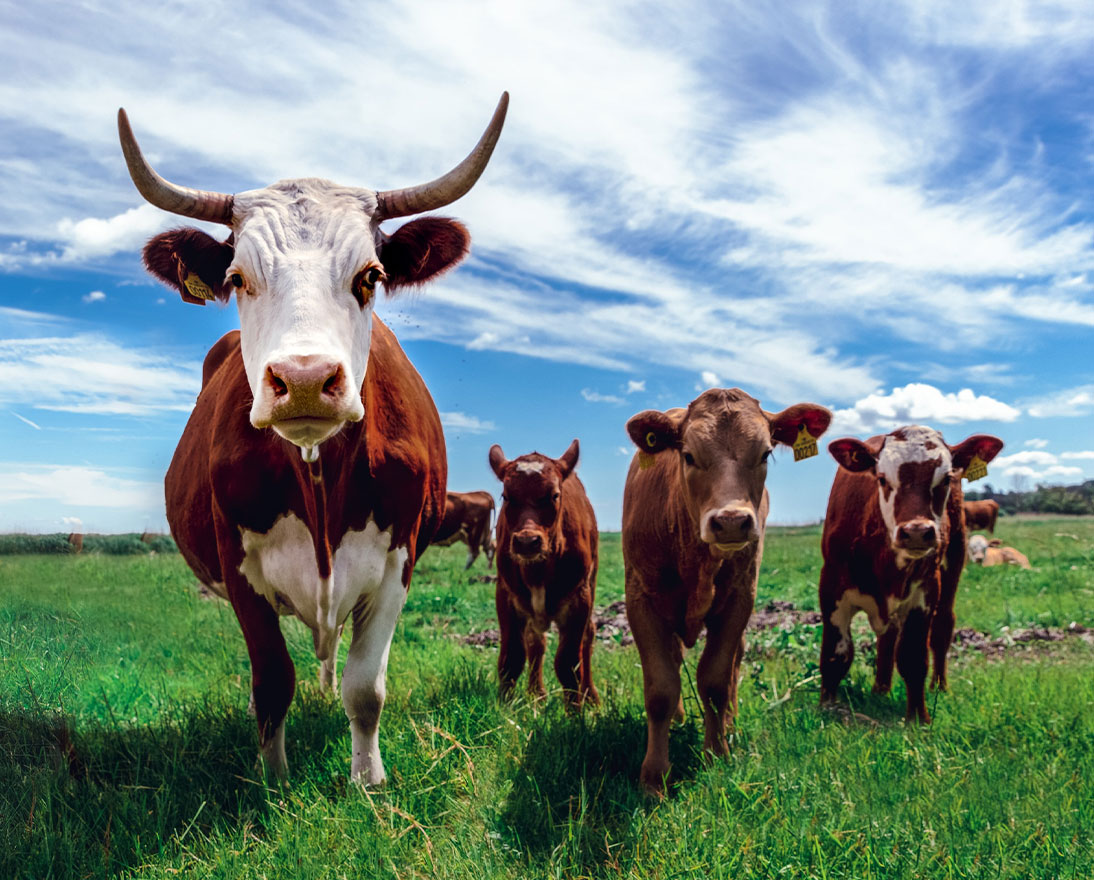The Summer of Climate Chaos
SustainabilityArticleSeptember 2, 20216 min read
Now we know exactly who is to blame
This summer’s extreme weather events unfolded in quick succession, unleashing large-scale destruction and human suffering across the world.
It started with the heat dome in the Pacific Northwest that drove temperatures in one Canadian town to an all-time high for the country of nearly 50 degrees Celsius (°C), setting off wildfires across the region. Then came the unprecedented floods in China and Europe, followed by wildfires that turned parts of the Mediterranean into an inferno.
In July, the Chinese city of Zhengzhou was hit by a year’s worth of rain in three days, displacing more than 100,000 people and resulting in over 300 deaths across Henan province. In Germany and Belgium, intense storms dropped 15 cm (6 inches) of rain in a 24-hour period, resulting in catastrophic flooding, loss of life, and disruption to basic services.
Each of these events shattered previous records, and the images in the media were both frightening and portentous.
The “code red for humanity” report
Amidst the chaos and distress, the Intergovernmental Panel on Climate Change (IPCC) launched the first tranche of its mega-assessment of the latest climate science, a report which the UN Secretary General António Guterres described as “code red for humanity”. The report finally made it clear who was to blame for these catastrophic events.
It is now “an established fact”, says the report, “that human-induced greenhouse gas emissions have led to an increased frequency and/or intensity of some weather and climate extremes since pre-industrial time, in particular for temperature extremes.” In short, it’s on us.
The report is the sixth since the IPCC was created in 1988, and for the first time it contains an entire chapter on extreme weather and climate change, a reflection of the growing importance of attribution science.
Since the last assessment in 2013–14, scientists have made important knowledge advances in the human influence on individual extreme events, changes in droughts, tropical cyclones, and other events, and on projections at different global warming levels.
Attribution research has shown that, for example, climate change made Europe’s record-breaking heatwave in 2019 as much as 100-times more likely.
Hard things about attribution science
But attributing extreme weather to climate change is not a straightforward science, as John Scott, Head of Sustainability Risk for Zurich Insurance Group, explains. “It’s really difficult to discern when you look at charts of frequency or intensity of natural catastrophes to then distinguish how much of that is climate change and how much of that is the natural variation in weather patterns.”
Climate scientists now understand that prolonged periods of heat and cold are most closely attributable to ongoing global warming. More difficult to model are the chaotic weather systems like tropical storms, convective hailstorms, and tornados. Many of these systems are already affected by existing climate patterns, like El Niño and La Niña in the Pacific Ocean and the Indian Ocean Dipole that influences rainfall patterns around the Indian Ocean region, in particular Australasia. The influence of climate change on these weather patterns is difficult to model, although most scientists agree that it exacerbates the effects.
Another example is the behavior of the jet stream?– four streams of fast-moving air that circle the planet between the troposphere and the stratosphere?– which illustrates the complexity of understanding the impact of climate change on weather.
“Global warming changes the relationship between the troposphere and the stratosphere, which can affect the speed and direction of the jet stream and have serious implication on extreme weather,” explains Scott.
“When the jet stream is moving fast it literally goes round the planet in almost a straight line. But when it slows, instead of going round at a steady latitude it meanders. When this happens, it can affect the weather in the troposphere beneath it and trap weather systems as well as pockets of extremely cold or hot air. Some scientists believe that this has resulted in more summer heatwaves, such as the recent heat dome in western Canada, or prolonged periods of frost, or intense periods of rainfall and flooding.”
Different certainties for different events
So, what do we know for certain in 2021? The IPCC assigns different levels of certainty on attributing certain weather events to climate change. Extreme heat, for example, is much easier to attribute than tropical cyclones.
The report states that it is virtually certain that “the frequency and intensity of hot extremes (including heat waves) have increased and those of cold extremes have decreased on the global scale from 1950.”
On heavy rainfall events, their frequency and intensity “have likely increased at the global scale,” the report says. Regional increases in the frequency and/or intensity of heavy rainfall “have been observed with medium confidence for nearly half of regions,” the report adds.
Floods are described by the report as “a complex interplay of hydrology, climate, and human management” and as such represent greater difficulty for attribution. The need to consider multiple factors, including soil moisture, seasonal snow cover, land use, and river and catchment engineering, means that “there is not always a one-to-one correspondence between an extreme precipitation event and a flood event.”
Cyclones, typhoons, hurricanes: the hardest to attribute
Scott says hurricanes and typhoons are much more complicated to model because “of the chaotic nature of the atmosphere, with its natural variability, even in the absence of anthropogenic climate change.”
Part of the difficulty is that extreme storms are “rare, short-lived and local,” states the IPCC, but also because individual storms are influenced by a “high degree of random variability.” Nevertheless, the IPCC has made advances from its previous assessment in 2014, concluding that: “It is likely that the global proportion of category 3-5 tropical cyclone instances and the frequency of rapid intensification events have both increased globally over the past 40 years.”
The good news is that the science on extreme weather is advancing, fast. Attribution science allows much greater certainty that, for example, many extreme events are related to temperature and can help us to identify how to help make our societies more resilient to these events.
And it finally makes it abundantly clear. We are collectively to blame for this climate chaos and it’s up to us to fix it.



